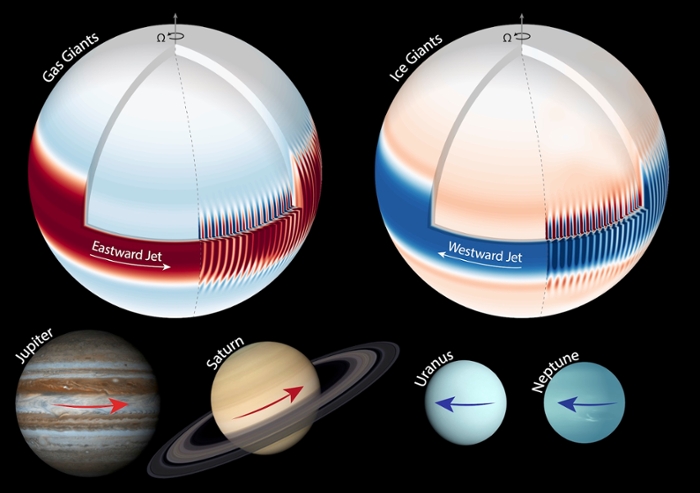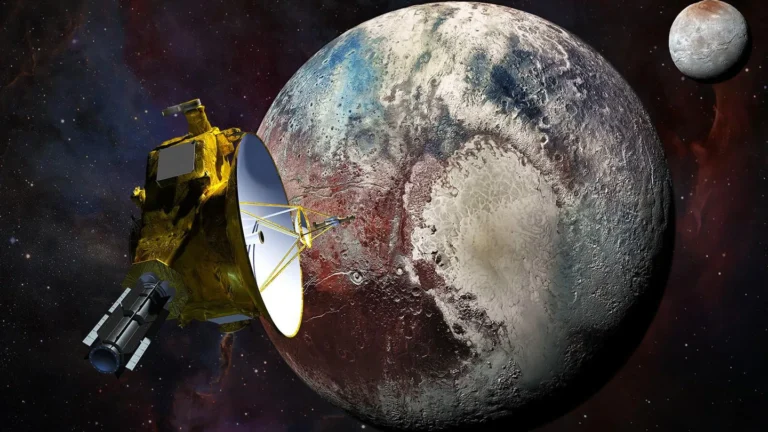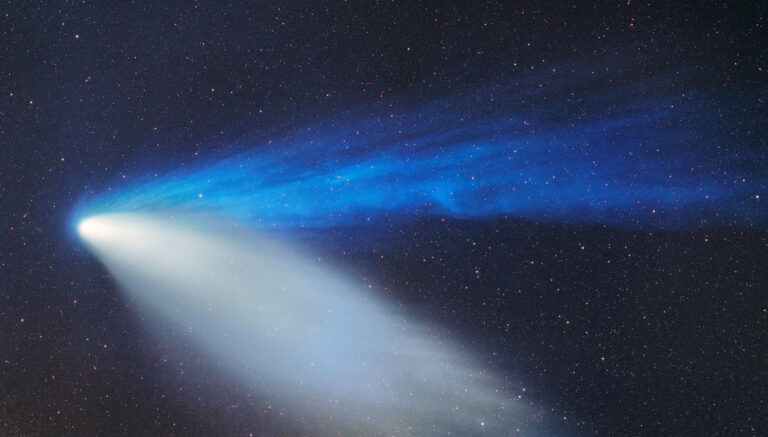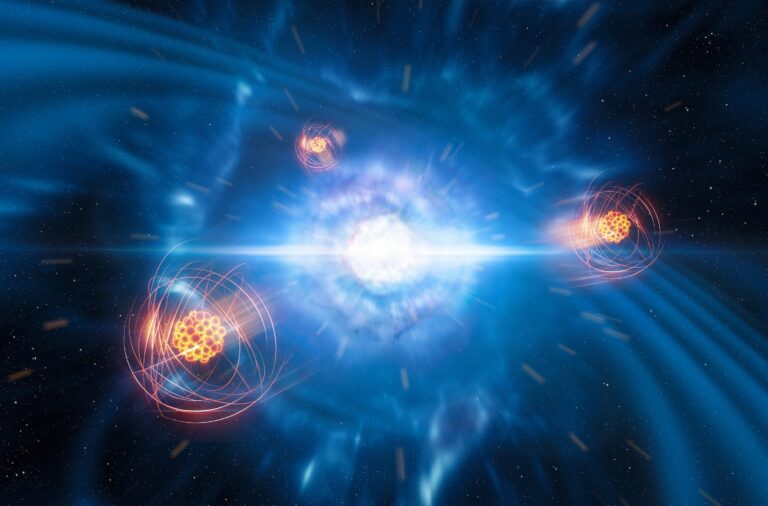
Key Takeaways:
- The James Webb Space Telescope (JWST) has observed Cassiopeia A (Cas A), a relatively young and nearby supernova remnant in the Milky Way galaxy, revealing detailed infrared imagery.
- JWST's observations show a 10-light-year-wide shell of debris expanding at approximately 3,000 miles per second, as well as extensive warm dust clouds, primarily located outside this shell, originating from stellar winds preceding the supernova.
- The infrared imagery displays the distribution of heavy elements such as oxygen, sulfur, neon, and argon within Cas A's ejecta, visualized as wispy tendrils and clumps.
- A previously unobserved bright green loop within Cas A is noted as a complex feature, requiring further investigation to elucidate its origin and implications for understanding the supernova's progenitor star and explosion dynamics. Future JWST spectroscopic surveys and imaging are planned.
The calcium in our bones, the iron in our blood, and the oxygen we breathe all arose eons ago in the hearts of massive stars. These heavy elements ultimately found their way into our bodies after colossal explosions called supernovae ripped their suns apart and seeded our infant solar system with the debris.
No wonder, then, that astronomers would turn the power of the James Webb Space Telescope (JWST) on the remnants of these exploded stars. And there’s hardly a better place to start than with one of the youngest and closest supernova remnants in the Milky Way Galaxy: Cassiopeia A (Cas A for short).
The light from Cas A’s birth arrived at Earth some 340 years ago. It came from a massive star that almost certainly siphoned material from a smaller companion in a tight binary system. Over the course of a few million years, this massive sun burned through its nuclear fuel and was left with a core of iron. Because iron is the most stable element, the star’s heart could no longer generate energy. The core then collapsed, triggering a shock wave that tore the rest of the star apart and scattered its outer layers into space.
The bulk of this debris continues to rush away from the explosion site at speeds of around 3,000 miles per second (5,000 kilometers per second). It forms a brightly glowing shell that currently spans some 10 light-years. At a distance of about 11,000 light-years, Cas A lies close enough that astronomers can probe it with all the weapons at their disposal — which now includes JWST’s giant infrared eye.

The space telescope’s first inspection of Cas A reveals fine details in the remnant’s structure. Warm dust glows in shades of orange and red that appear most prominent in the image’s north (top) and east (left). Much of this dust lies outside the remnant’s 10-light-year-wide shell of explosive debris that shows up so well in visible light.
Dan Milisavljevic of Purdue University, who led the team that made these Cas A observations, says most of this material likely came from the progenitor star, carried away in a strong stellar wind that blew for tens of thousands of years before the explosion. The blast’s shock wave then heated the dust. Smaller amounts may come from dust that formed in the supernova’s aftermath or that already was present in the interstellar medium. Astronomers think most of the dust in the universe forms from the heavy elements supernovae shoot into space, and hope future JWST observations can shed more light on the creation of these building blocks of life and planets.
Inside this dusty outer shell lie scores of wispy tendrils and thicker clumps representing the supernova’s ejecta. The infrared light JWST sees comes from heavy elements spread throughout the remnant’s interior, including oxygen, sulfur, neon, and argon.
Perhaps the remnant’s most surprising detail is a bright green loop just right of center. Milisavljevic says, “This area of the remnant represents one of the most exciting — and most complex to understand — discoveries made with the Webb data. I’m convinced that a proper [interpretation of this structure] will serve as a Rosetta Stone in our understanding of the progenitor star and explosion dynamics.”
The astronomers aren’t done targeting Cas A with JWST. Milisavljevic says their next task is to perform a spectroscopic survey of the remnant at hundreds of locations to pin down its composition. Then they’ll grab another round of images to watch the ejecta move and create a time-lapse animation.









